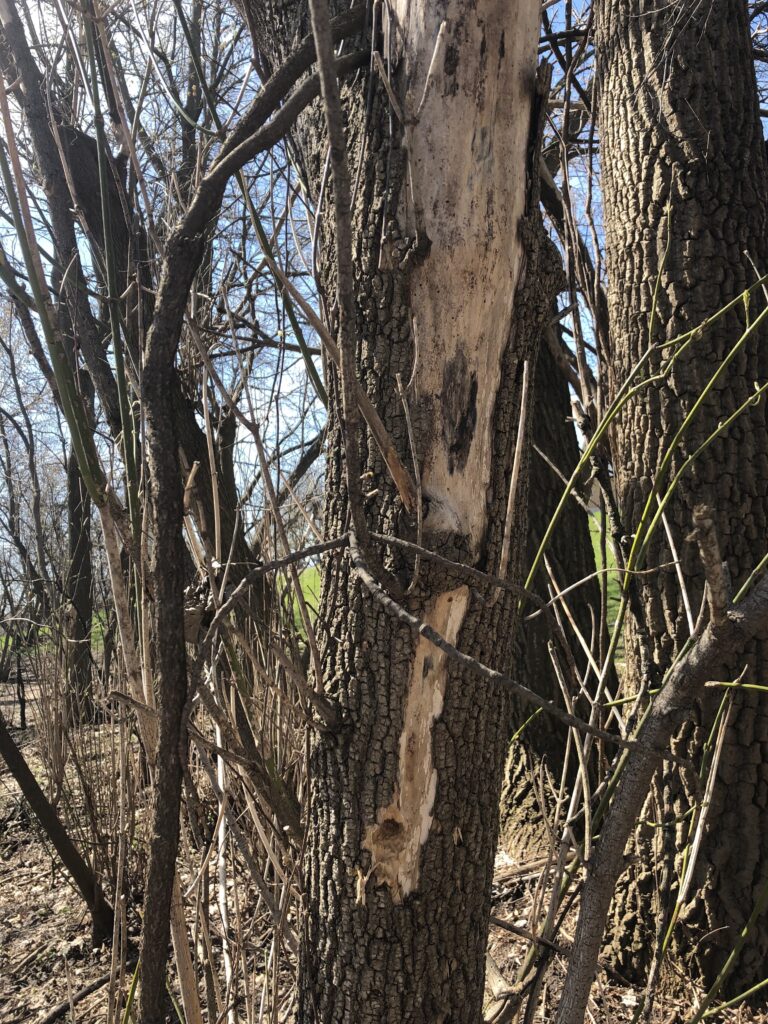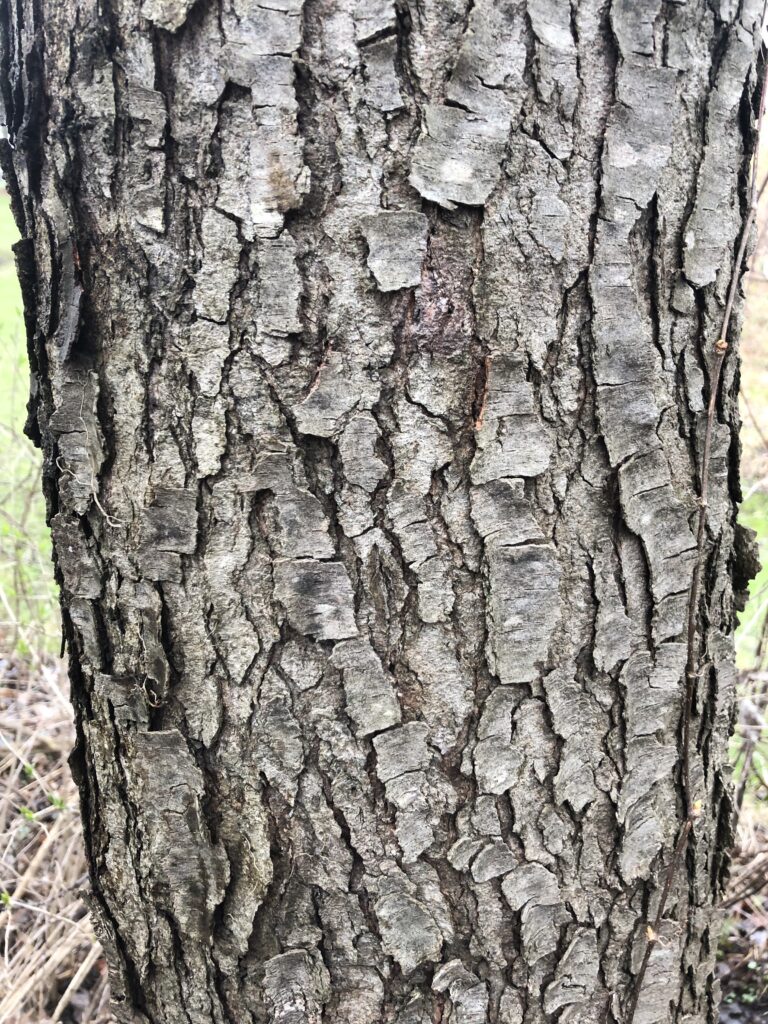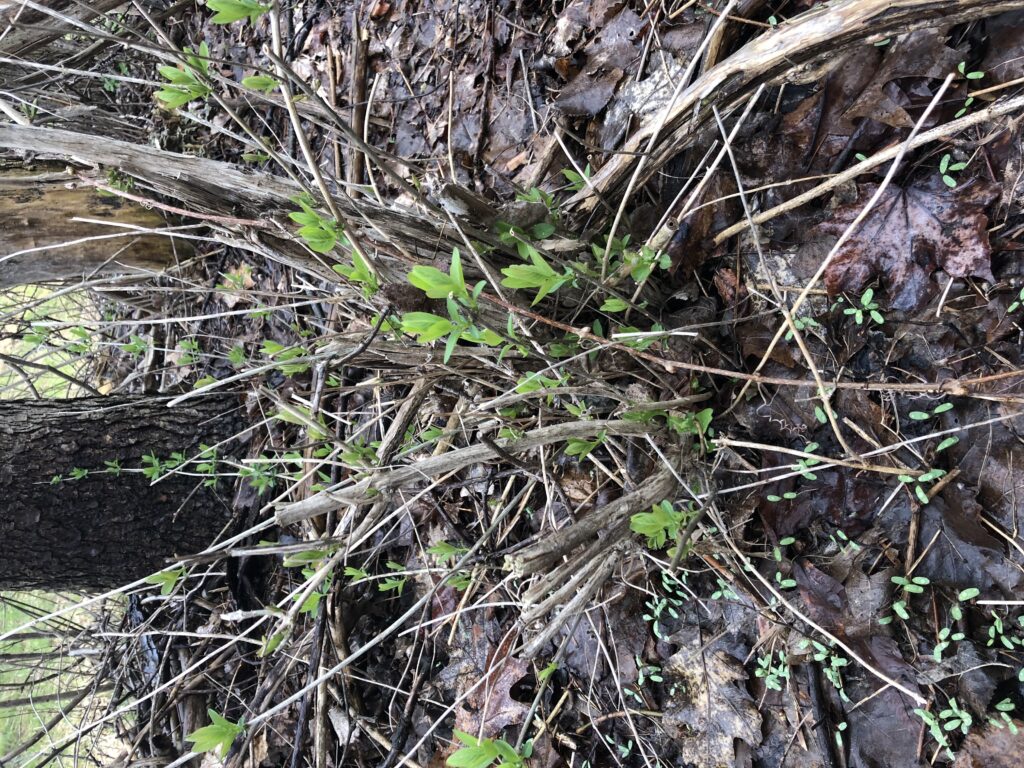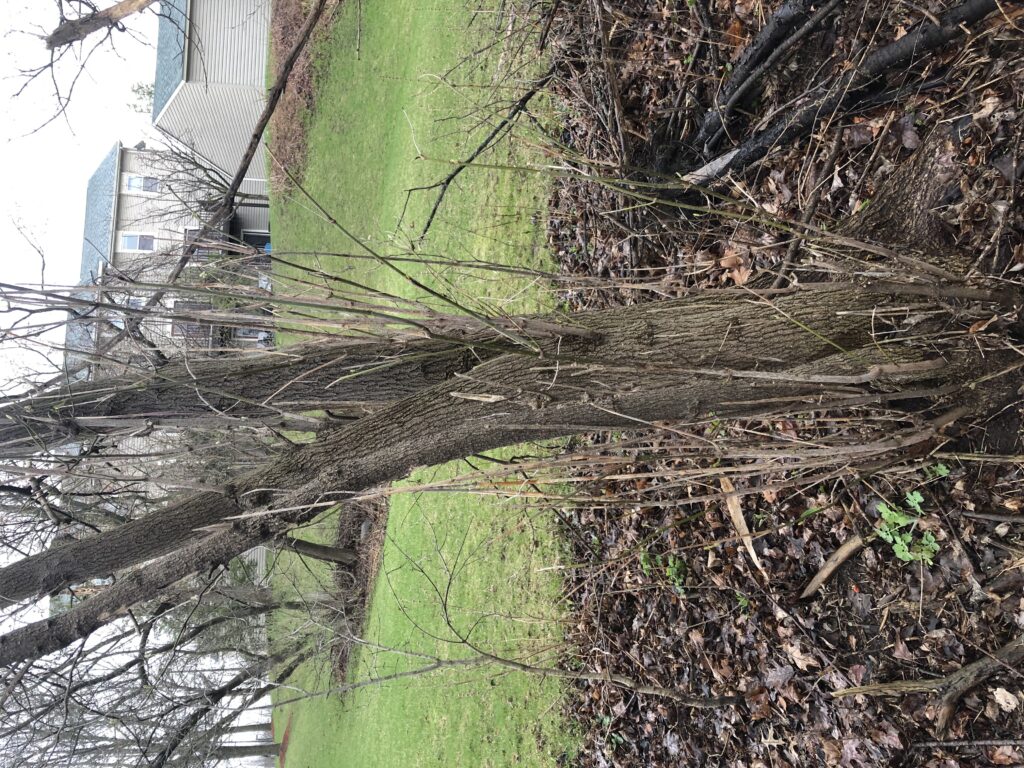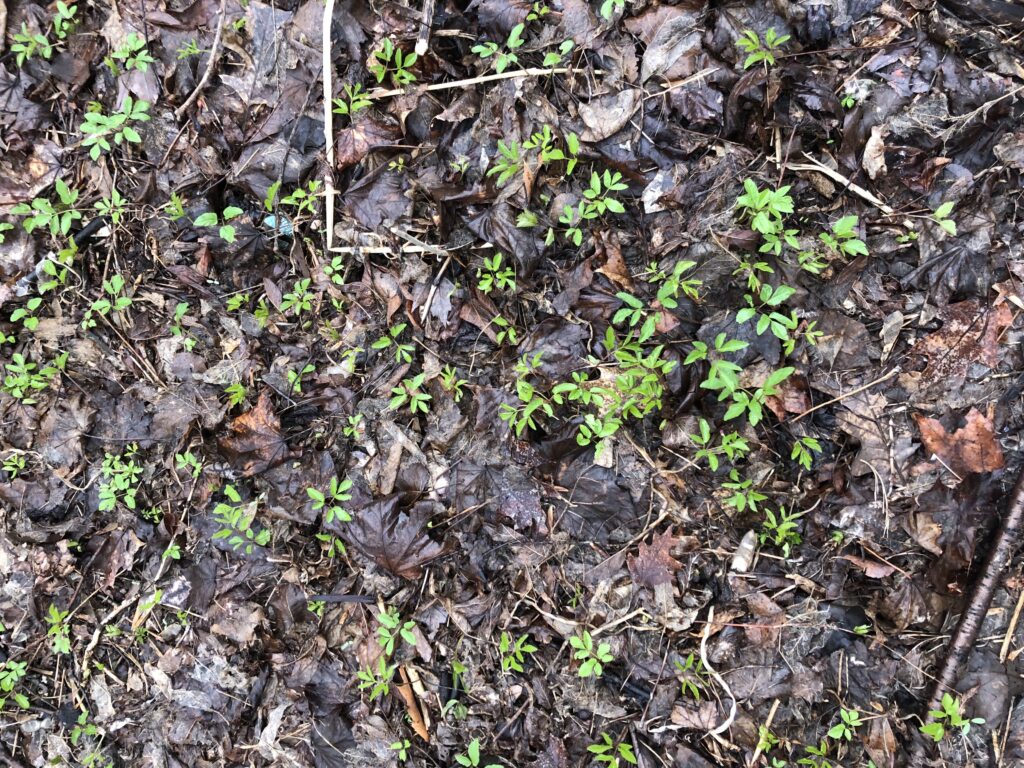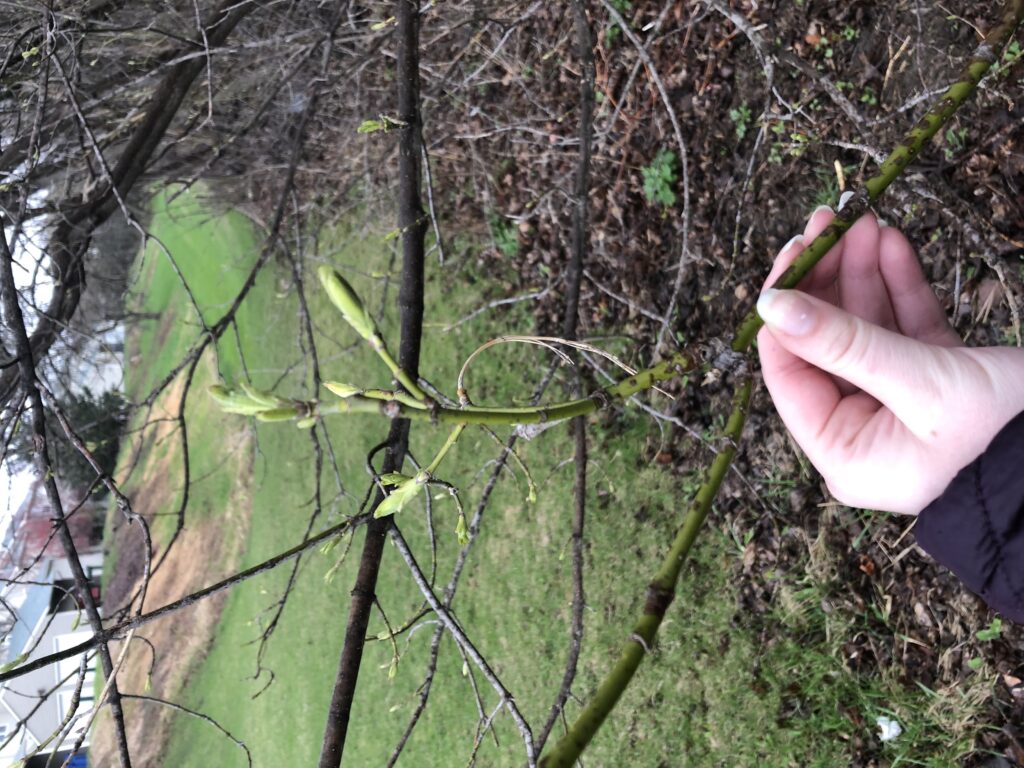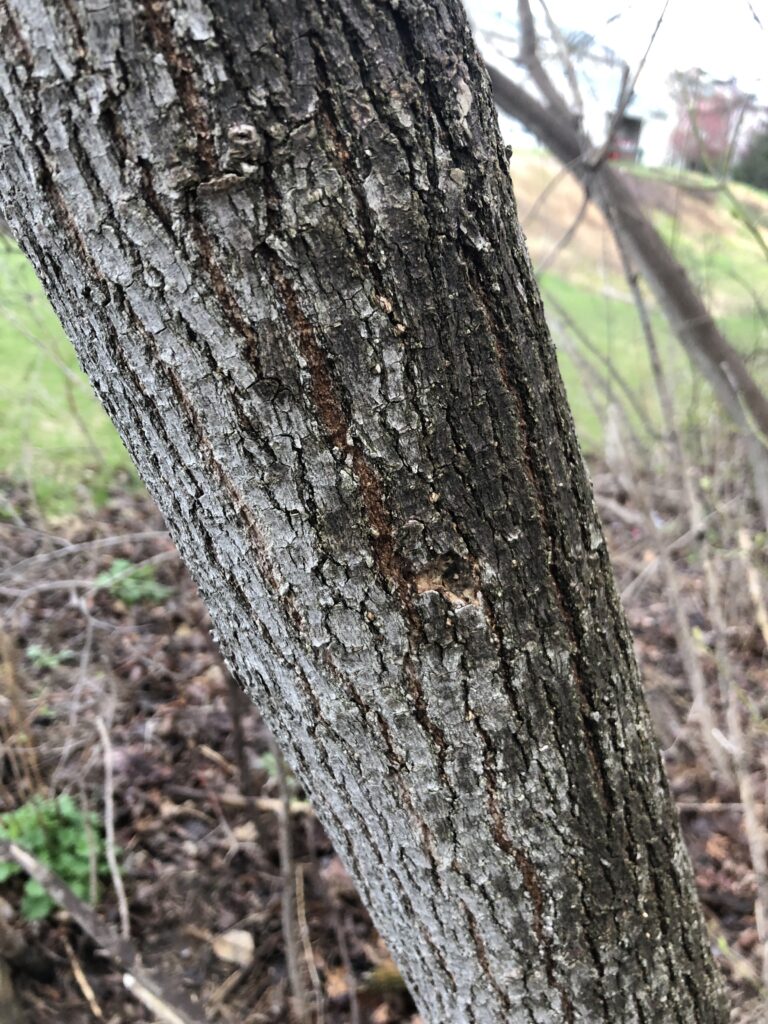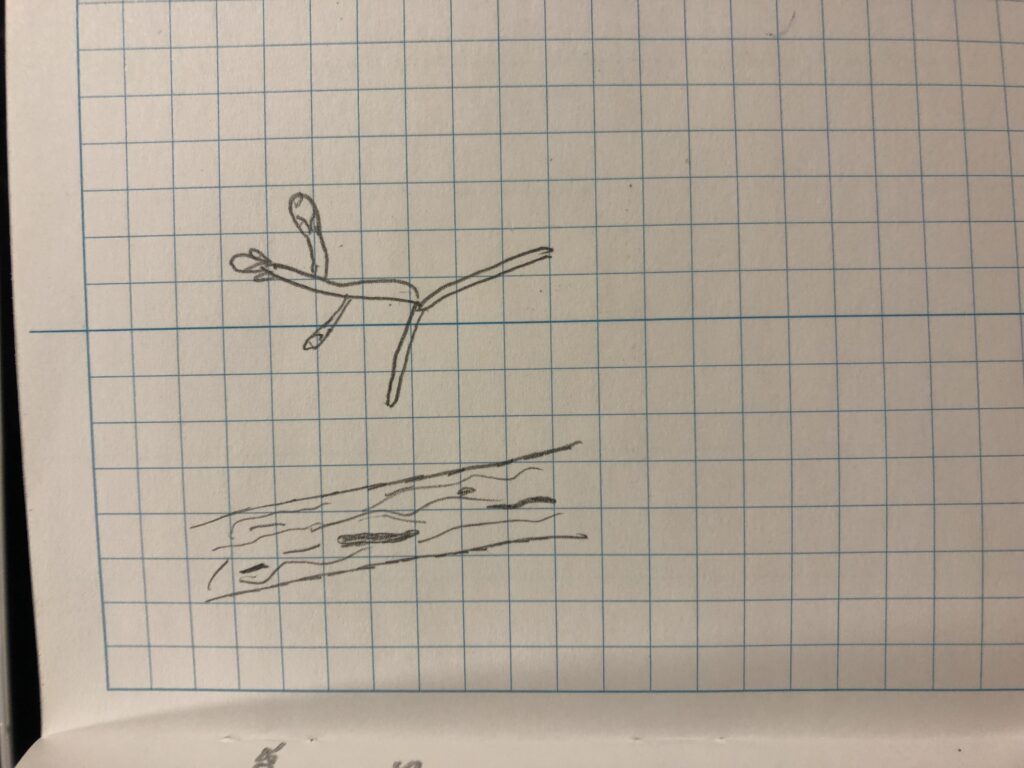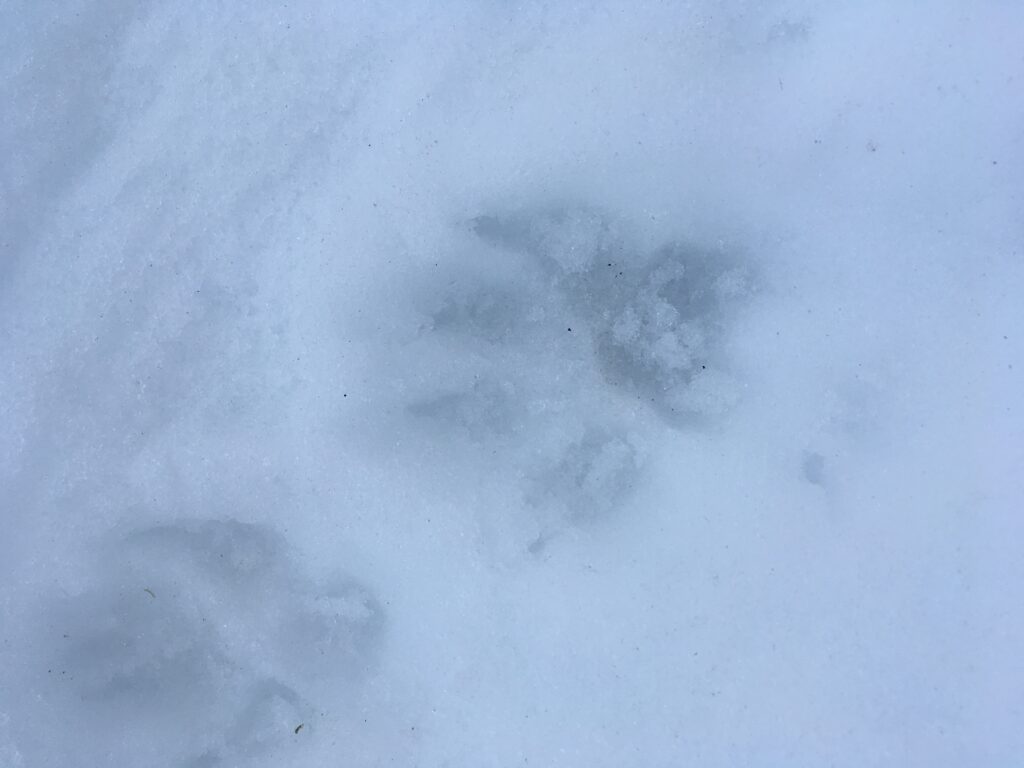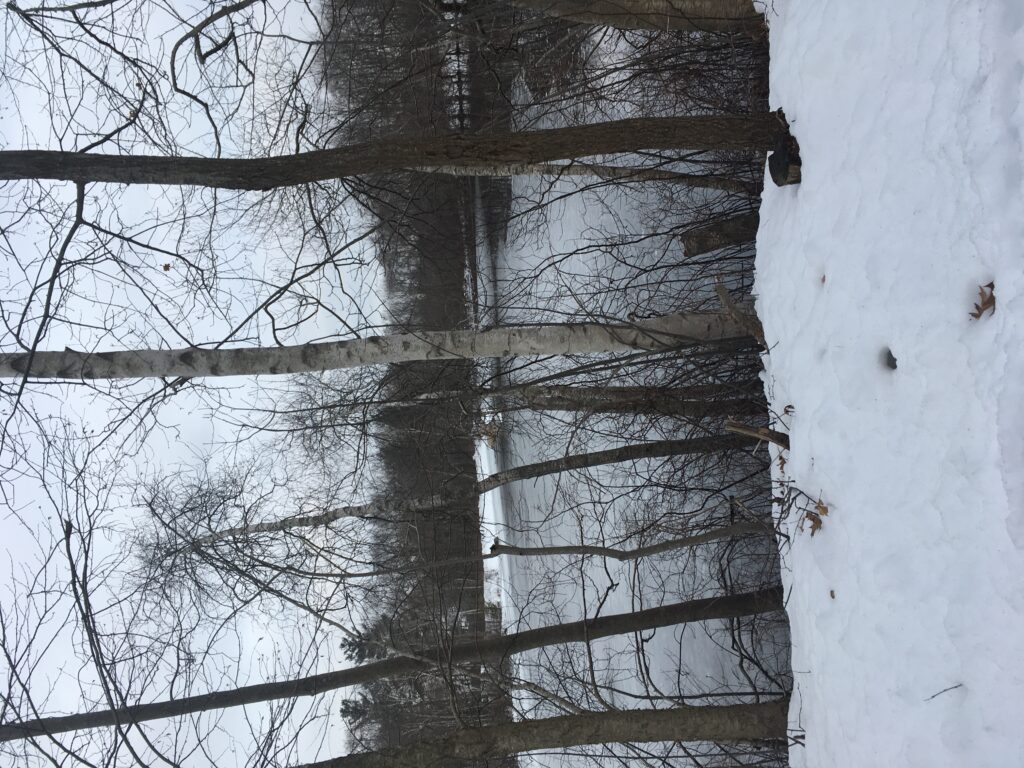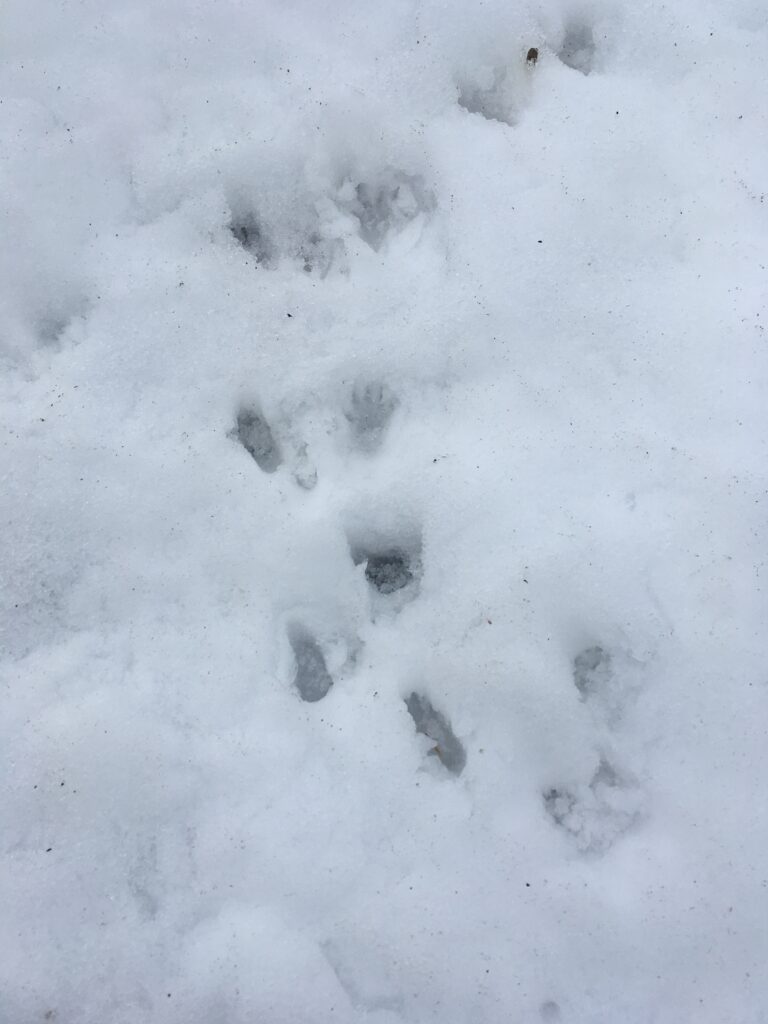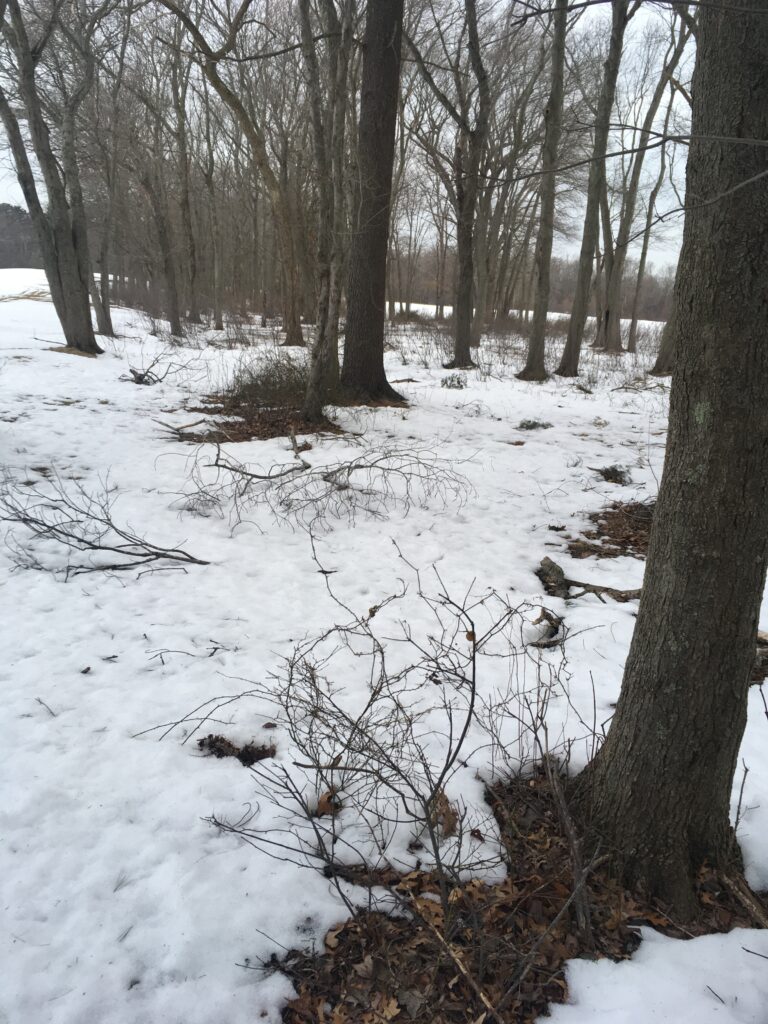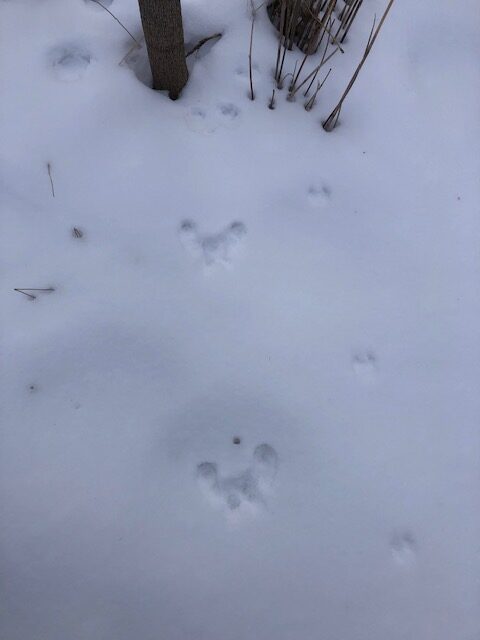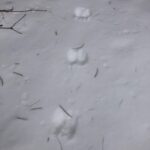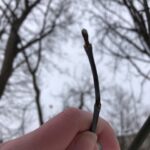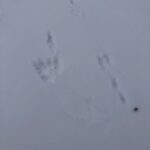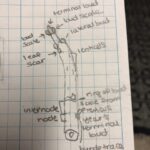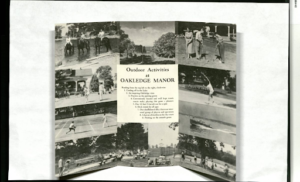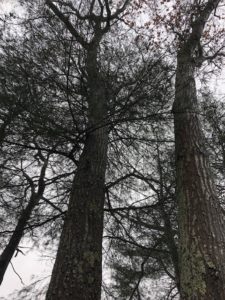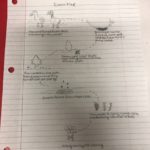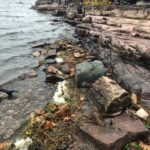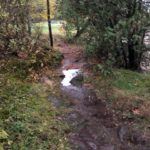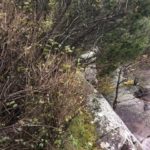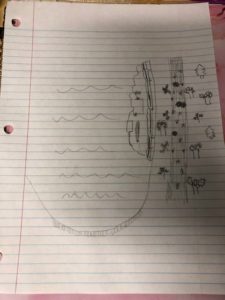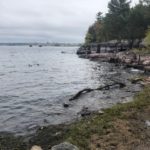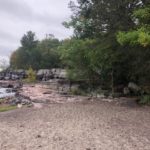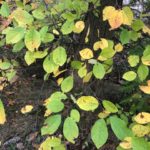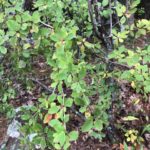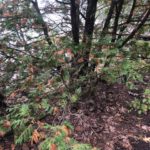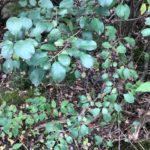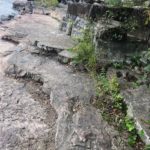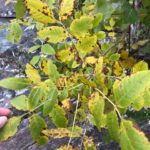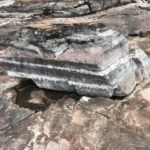I heard some birds in Centennial today. The American Robin call and a song, but mostly calls. I saw a male Northern Cardinal fly over the path near me. I found a barberry bush that I did not find last week with buds and dried up berries. I found a tree that an animal must have eaten some of the bark. I also found a birds nest and around that area is where I heard the robin and cardinal and I think it might be a robin’s nest.
Nature and culture is intertwined at my place. There are a few examples of what I saw today that answer that question. There were little kids from the pre school in the woods, so Centennial is used for educational purposes. There were also a few people birding while I was trying to see the American Robin. The woods can be a good source for specifically trying to find wildlife like birds. It can also be used for recreation since I’ve seen people hiking or walking their dogs as well, while enjoying the nature.
I feel like I have partially been apart of my place for several reasons. I started going to Centennial as my phenology spot second semester, so I do not have as close of a connection compared to people who have been there or their spots all year. I have also only been in a small section of Centennial and don’t feel like I’m part of the place in any other parts of the woods, since I have only been in one area for the phenology blog.
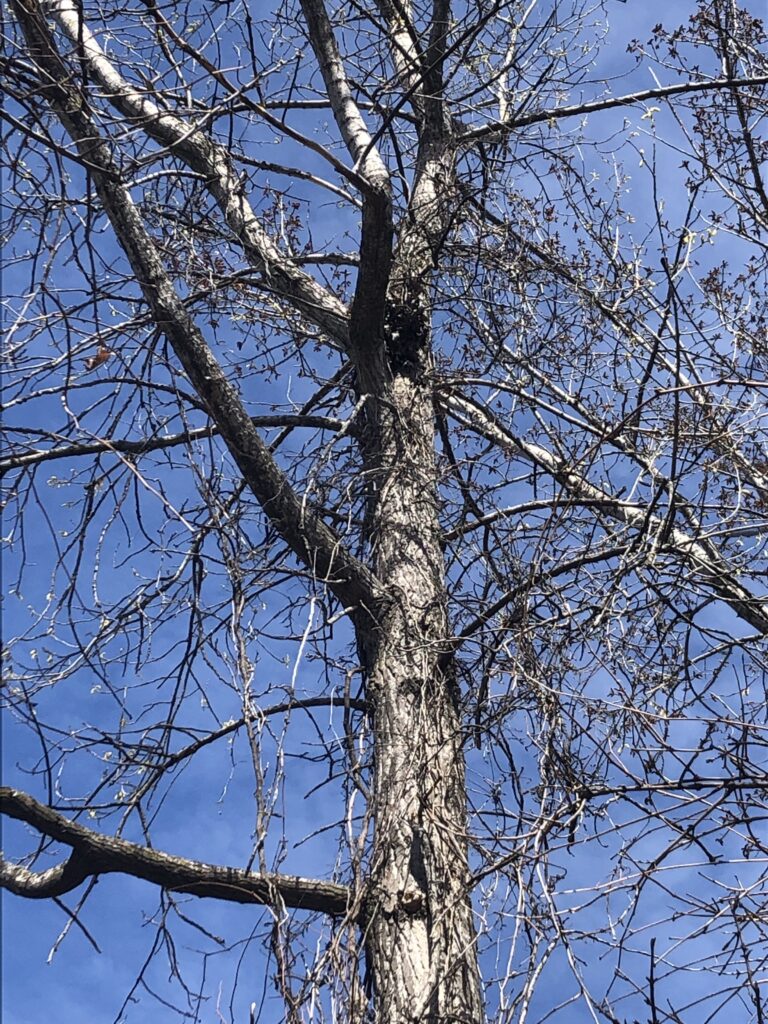
Birds Nest 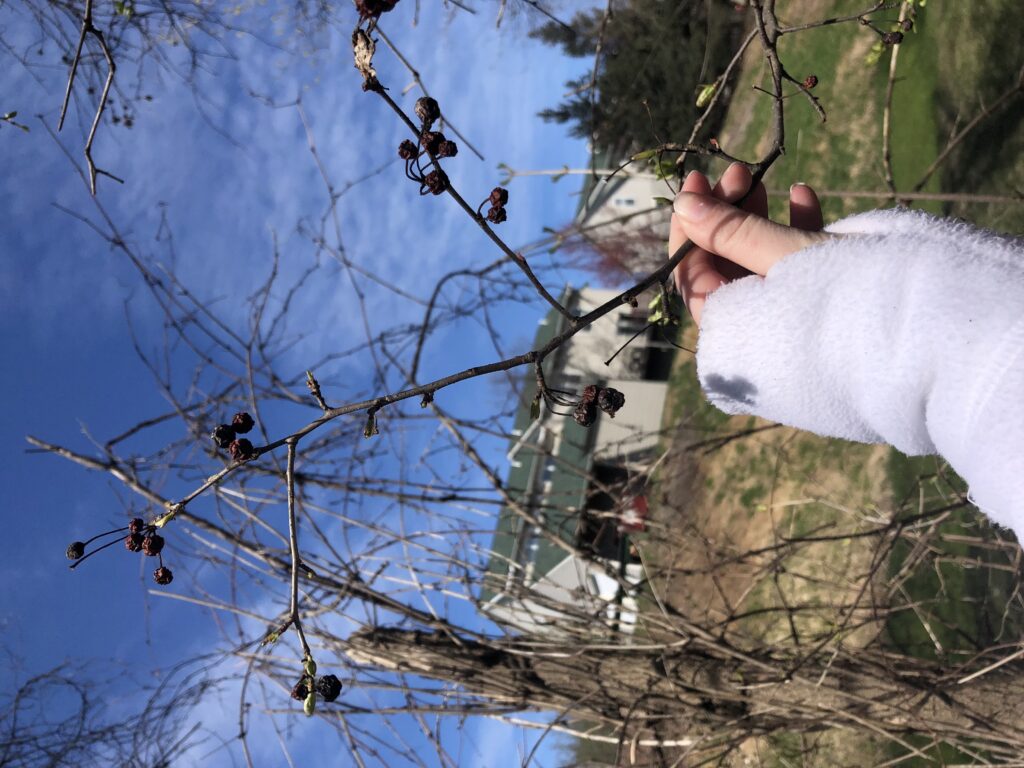
Barberry Bush 1 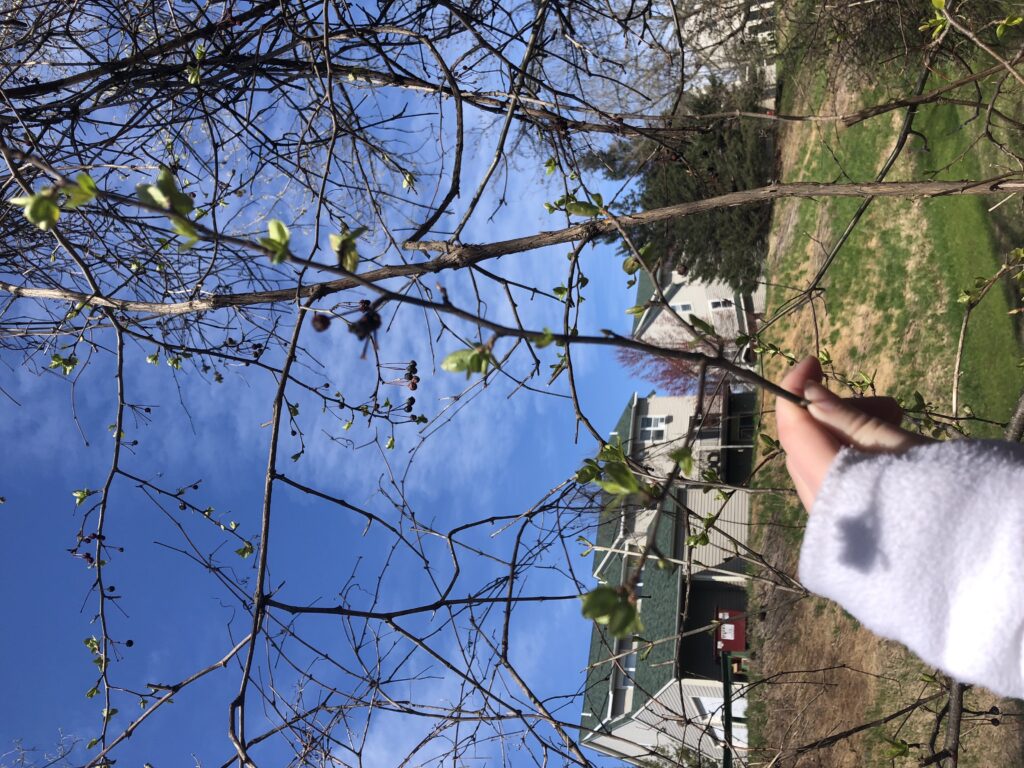
Barberry Bush 2 